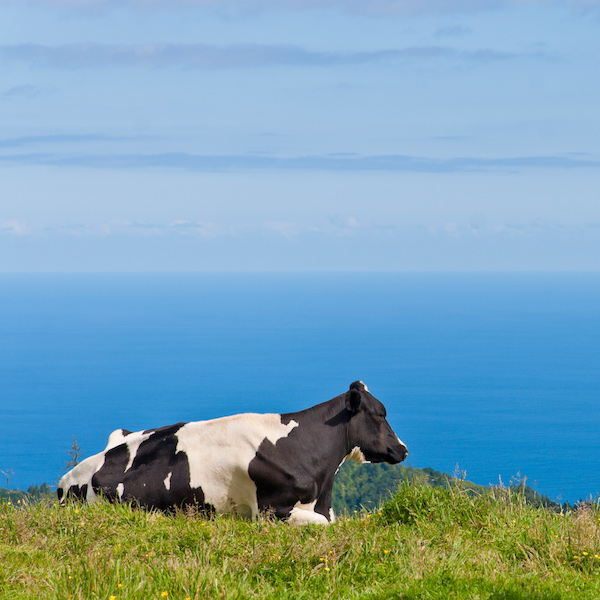UNDP – Fish On Land, Dairy Cows On The Ocean?
UNDP Sustainable Development Goals (SDGs)
The UNDP Sustainable Development Goals (SDGs) has put the pressure on aquaculture to grow more fish. We need to feed a population of 7.6 billion. We need to alleviate the pressures off our shrinking arable land. We have to slow down the evaporation of our clean-drinking water.
Droughts, earthquakes, floods and hurricanes are changing landscapes throughout the world, our food security is fast disappearing.
Food production has changed over the years due to natural disasters and a rapidly growing population. We now produce food 30-50 times faster than we ever have before, and yet we need to do more.
The three most talked about methods for growing our food faster and more sustainably are hydroponics, aquaponics and aquaculture. Now there may be a new way, but first do we understand the three methods being used today?
Hydroponics
Growing plants in water with minerals and nutrients added. There is no soil.
Today most of our leafy greens, tomatoes, peppers, cucumbers and celery are grown using hydroponics. These plants are fed with water and nutrients. The need for water to sustain massive hydroponics farms will one day be insurmountable.
- The water should be changed on first indication of any disease so the pathogens are not freely circulating.
- The water should also be changed between crops to make sure there are no lingering pieces of decaying leaves or roots from previous crops.
- In general, it should be changed and the reservoir cleaned anytime you notice it is dirty or if the plants are not performing well.
- Be mindful of any nutrients that may be in the water, and do not dump it anywhere it is likely to end up in waterways.
Aquaponics
Combines the two areas of aquaculture and hydroponics. Waste water from fish or other aquaculture activity are used to enrich the water for the plants. Most leafy vegetables, herbs and common house plants can be grown with this method.
Plants are grown on top of a tank, or lake, with the nutrients coming from the waste matter of the fish. This comes with potential fresh water contaminations of its own.
- Bug infestation are natural occurrences which may need bug sprays that could potentially contaminate the water below.
- Temperature control can take a toll on energy consumption.
- Overabundance of fish waste. Too much for the biofilter to convert.
- Difficult to change water, if necessary, due to overproduction of ammonia.
Aquaculture
Aquaculture is the raising of fish, crustaceans, mollusks, aquatic plants, and algae.
This includes fish farming in the ocean.
The UNDP Sustainable Development Goals (SDGs) has put the pressure on ocean farmers to grow more fish to alleviate the pressures off our shrinking arable land, and the drying up of our clean-drinking water. We need to feed a population of 7.6 billion.
Goal 6 of (17) of the UNDP ’s SDGs:
- Clean water and sanitation – Water scarcity affects more than 40 percent of people around the world, an alarming figure that is projected to increase with the rise of global temperatures as a result of climate change. Dwindling supplies of safe drinking water is a major problem impacting every continent.
BC salmon is raised in its authentic environment – for approximately half of their life cycle, farmed salmon are raised in an enclosed environment in freshwater hatcheries. For the remaining half of the fish’s life cycle, marine pens utilize ocean tides to move water and provide fresh oxygen to the fish.
B.C.’s fish farming industry is diligent about reducing their carbon footprint, and protecting the world’s 1 percent of accessible fresh water.
Urban farming upon the water.
Dairy Cows Farming has joined the movement to grow food in a whole new way – floating farms on the ocean.
The world’s first offshore dairy farm opens in the Port of Rotterdam this year, with the aim of helping the city produce more of its own food sustainably. BBC Business.
Inspired by A Dutch property company, Beladon, is launching the world’s first “floating farm” in a city port. It has built the offshore facility right in the middle of Rotterdam’s Merwehaven harbour and will use it to farm 40 Meuse-Rhine-Issel cows milked by robots. Beladon’s farm, which is on three levels and is anchored to the ocean floor, is expected to open at the end of 2018 and produce about 800 litres of milk a day.
Mr van Wingerden, an engineer at Beladon, came up with the idea after he had experienced the aftermath of Hurricane Sandy in New York city – fresh produce was scarce due to transportation problems.
“Seeing the devastation caused by Hurricane Sandy I was struck by the need for food to be produced as near as possible to consumers,” said Mr. van Wingerden.
We have hydroponics, aquaponics and aquaculture. Is this new urban farming called, ‘PonDeWater, maybe? In all seriousness, it is time we put an end to the anti-fish farmers directive to “Move the fish farms on land”.
We obviously must keep farming in the ocean if:
- We have to alleviate the pressures placed on our shrinking arable land, and disappearing fresh water.
- The UNDP is asking fish farmers to assist in growing healthy and sustainable seafood, while protecting the environment and contributing to our global communities.
- Dairy cows are moving onto the ocean.
Related Links:
Fish farming will play a bigger role in feeding the world’s population
Aquaculture operations growing around the world

